Home>diy>Architecture & Design>What Architectural Style Is The Pisa Cathedral In Italy?
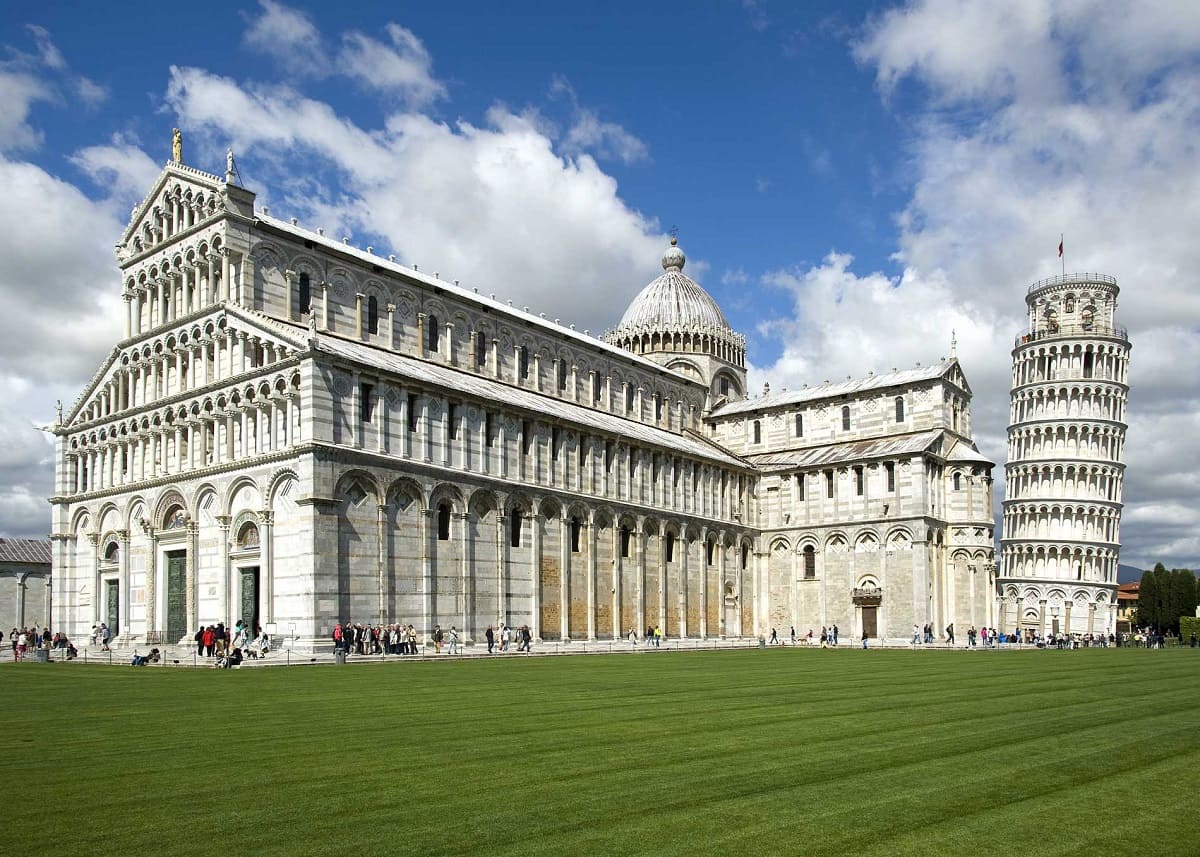

Architecture & Design
What Architectural Style Is The Pisa Cathedral In Italy?
Modified: December 7, 2023
Discover the architectural style of the iconic Pisa Cathedral in Italy, a masterpiece of architecture and design showcasing magnificent Renaissance elements.
(Many of the links in this article redirect to a specific reviewed product. Your purchase of these products through affiliate links helps to generate commission for Storables.com, at no extra cost. Learn more)
Introduction
Welcome to the fascinating world of architecture! In this article, we will explore the architectural style of the iconic Pisa Cathedral in Italy. The Pisa Cathedral, also known as the Cathedral of Santa Maria Assunta, is a magnificent example of architectural excellence that has mesmerized visitors for centuries.
The Pisa Cathedral is located in the stunning Piazza dei Miracoli (Square of Miracles) in the city of Pisa, Tuscany. This monumental edifice stands as a testament to the rich history, culture, and architectural brilliance of Italy.
As we delve deeper into the architectural intricacies of the Pisa Cathedral, we will uncover its historical background, explore its architectural features, and examine the various influences that helped shape its unique style.
So, let’s embark on this architectural journey and discover the breathtaking beauty of the Pisa Cathedral!
Key Takeaways:
- The Pisa Cathedral in Italy is a captivating blend of Romanesque, Islamic, and Gothic architectural styles, showcasing a harmonious exchange of cultural and artistic influences.
- From its intricate marble façade to its awe-inspiring interior, the Pisa Cathedral stands as a timeless masterpiece, captivating visitors with its rich historical legacy and architectural brilliance.
Historical Background of Pisa Cathedral
The Pisa Cathedral has a long and fascinating history that dates back to the 11th century. Construction of the cathedral began in 1063 and took nearly two centuries to complete. The building was initially designed to serve as a visual representation of the city’s wealth and power, showcasing Pisa’s prominence as a maritime republic.
The cathedral was built on the site of an older church and was part of a larger complex that included the renowned Leaning Tower of Pisa and the Baptistry of Pisa. This complex was intended to demonstrate the city’s religious devotion, as well as its artistic and architectural prowess.
Throughout its history, the Pisa Cathedral has witnessed several transformations and renovations. In 1595, a devastating fire destroyed much of the cathedral’s interior, leading to extensive restoration work. The famous architect Giovanni dei Medici, better known as Giorgio Vasari, was commissioned to revitalize the interior, ensuring that the cathedral retained its grandeur and splendor.
Over the years, the Pisa Cathedral has not only served as a place of worship but also as a significant cultural and artistic hub. It has hosted numerous important events, including the coronation of Holy Roman Emperor Henry VII in 1312, further cementing its historical significance.
Today, the Pisa Cathedral stands as a symbol of pride and identity for the city of Pisa and is recognized as a UNESCO World Heritage site. It continues to captivate visitors from around the world with its timeless beauty and rich historical legacy.
Architectural Features of Pisa Cathedral
The Pisa Cathedral showcases a magnificent blend of architectural styles, making it a unique and visually striking masterpiece. Let’s explore the architectural features that make this cathedral truly remarkable.
- Façade: The façade of the Pisa Cathedral is characterized by intricate marble decoration and stunning geometric patterns. It features three ornate bronze doors adorned with sculptures that depict biblical scenes and figures.
- Dome: The distinctive dome of the cathedral is an architectural marvel. It is slightly tilted due to the unstable soil beneath Pisa, adding to the cathedral’s renowned leaning reputation.
- Interior: Stepping inside the cathedral, visitors are greeted by a vast and awe-inspiring interior. The central nave is lined with elegant columns and arches, while the ceiling boasts beautiful frescoes and intricate gold detailing.
- Pulpit: One of the standout features of the Pisa Cathedral is the ornate pulpit, located to the right of the main entrance. Sculpted by Giovanni Pisano in the 14th century, the pulpit is a masterpiece of Gothic art, depicting scenes from the life of Christ.
- Mosaic Works: The cathedral’s apse is adorned with stunning mosaic works that depict Christ in his heavenly glory, surrounded by angels, saints, and biblical figures. The vibrant colors and intricate details of the mosaics are truly breathtaking.
- Baptistry: The Pisa Cathedral is seamlessly connected to the Baptistery of Pisa, a separate but related structure. The baptistery boasts an impressive octagonal shape and is adorned with stunning bronze doors, known as the “Gates of Paradise,” which were created by renowned artist Lorenzo Ghiberti.
The architectural features of the Pisa Cathedral reflect a harmonious combination of Romanesque, Islamic, and Gothic influences, showcasing the rich cultural exchange that occurred during the cathedral’s construction. These features contribute to the cathedral’s timeless beauty and ensure that it remains a masterpiece of architectural design.
Romanesque Influences in Pisa Cathedral
The Pisa Cathedral bears strong Romanesque influences, which were prevalent during its construction in the 11th and 12th centuries. Romanesque architecture is known for its bold and sturdy design, characterized by rounded arches, massive stone walls, and decorative detailing.
One of the prominent Romanesque features in the Pisa Cathedral is its façade. The façade exhibits a distinctive use of marble, with alternating bands of different colors creating an eye-catching pattern. The use of arches and columns, typical of the Romanesque style, can also be seen in the façade, adding to its grandeur.
The interior of the cathedral showcases several Romanesque elements as well. The central nave is supported by thick columns and round arches, creating a sense of solidity and strength. The use of simple yet elegant sculptural decoration is evident throughout the interior, enhancing the overall aesthetic appeal.
Another key aspect influenced by Romanesque architecture is the inclusion of a dome. The dome of the Pisa Cathedral, though smaller in scale compared to later constructions, demonstrates the Romanesque preference for rounded and centralized design. The rounded dome adds a sense of harmony and balance to the overall architectural composition.
Furthermore, the Romanesque influences in the Pisa Cathedral can be observed in the use of frescoes and mosaics. Both artistic techniques were popular during the medieval period and are characteristic of Romanesque decoration. The frescoes and mosaics in the cathedral depict various religious scenes, helping to create a spiritual and sacred atmosphere.
Overall, the Romanesque influences in the Pisa Cathedral contribute to its timeless beauty and architectural significance. The combination of sturdy construction techniques, rounded arches, and decorative elements exemplify the Romanesque style, making the cathedral an important representation of this architectural era.
The Pisa Cathedral in Italy is a prime example of Romanesque architecture, characterized by its rounded arches, thick walls, and decorative arcading.
Islamic Influences in Pisa Cathedral
The architectural design of the Pisa Cathedral also features notable Islamic influences. During the medieval period, Italy had significant contact with Muslim cultures in the Mediterranean region, leading to the incorporation of Islamic architectural elements into Italian structures.
One of the key Islamic-inspired features in the Pisa Cathedral is the use of geometric patterns. Islamic architecture is renowned for its intricate geometric designs, and these patterns can be seen throughout the cathedral’s interior and exterior. The use of interlacing and repeating geometric motifs in the decoration of the façade and the marble flooring reflects the influence of Islamic design aesthetics.
Another notable Islamic influence in the Pisa Cathedral is the presence of pointed arches. While pointed arches are often associated with Gothic architecture, they were actually developed in the Islamic world centuries before their use in European buildings. The presence of pointed arches in the cathedral’s windows and arcades demonstrates the cross-cultural exchange that occurred during the medieval period.
Furthermore, the use of intricate stonework and decorative detailing in the Pisa Cathedral can be traced back to Islamic influences. Islamic architecture is known for its exquisite craftsmanship and attention to detail, and this can be seen in the delicate carvings and ornamental elements adorning the cathedral’s interior and exterior surfaces.
The influence of Islamic architectural techniques can also be observed in the construction methods used in the cathedral. The innovative use of intersecting arches and vaults in the nave and transept of the Pisa Cathedral, known as the Pisan Romanesque style, is thought to have been influenced by the Islamic architectural practice of using intersecting arches to create elaborate vaulted ceilings.
The incorporation of Islamic influences in the Pisa Cathedral illustrates the cultural exchange and artistic inspiration that occurred during the medieval period. These influences enrich the architectural design of the cathedral, creating a harmonious blend of cultural and artistic styles.
Read more: What Is An Architectural Style?
Gothic Influences in Pisa Cathedral
While predominantly Romanesque in style, the architectural design of the Pisa Cathedral also bears notable Gothic influences. The Gothic style, which emerged in the 12th century, is characterized by its pointed arches, ribbed vaults, and soaring verticality.
One of the key Gothic features present in the Pisa Cathedral is the ornate pulpit, sculpted by Giovanni Pisano in the 14th century. The pulpit showcases intricate details and organic forms, which are typical of the Gothic style. The pointed arches, delicate tracery, and graceful statues adorning the pulpit reflect the influence of Gothic art and sculpture.
The use of pointed arches, a hallmark of Gothic architecture, can also be seen throughout the cathedral. Notably, the windows of the Pisa Cathedral feature pointed arches, which allow for a more expansive and light-filled interior. These pointed arches not only contribute to the visual appeal but also create a sense of verticality and upward movement.
Furthermore, the Pisa Cathedral incorporates the Gothic style through its emphasis on vertical proportions. The cathedral’s towering nave and the slender columns that support it are characteristic of Gothic architecture, creating a sense of height and aspiring towards the heavens.
The stained glass windows in the cathedral also exhibit Gothic influences. These windows feature intricate tracery patterns and vibrant colored glass, allowing diffused light to filter into the interior. The play of light and color enhances the overall spiritual atmosphere of the cathedral, a common trait of Gothic churches.
While the Pisa Cathedral predominantly showcases Romanesque and Islamic influences, the incorporation of Gothic elements demonstrates the evolving architectural trends of the time. The incorporation of Gothic features adds depth and richness to the overall design of the cathedral, making it a captivating blend of various architectural styles.
Conclusion
The Pisa Cathedral in Italy stands as a magnificent testament to the ingenuity, creativity, and cultural exchange that influenced its architectural design. This iconic cathedral, located in the heart of Pisa, showcases a harmonious blend of Romanesque, Islamic, and Gothic influences, resulting in a breathtaking masterpiece.
From its elaborately decorated façade to its awe-inspiring interior, the Pisa Cathedral captivates visitors with its intricate details and grandeur. The stunning marble patterns, rounded arches, and sturdy Romanesque construction create a sense of strength and timelessness.
The Islamic influences that permeate the cathedral’s design are evident in the geometric patterns, delicate stonework, and pointed arches. These elements add depth and sophistication to the architectural composition, showcasing the exchange of ideas and artistic inspiration between different cultures.
The Gothic influences present in the Pisa Cathedral, though not as prominent, contribute to its overall magnificence. The ornate pulpit, pointed arches, and emphasis on verticality highlight the evolving architectural trends of the time and add a touch of elegance to this architectural marvel.
Throughout its rich history, the Pisa Cathedral has withstood the test of time, surviving fires, restorations, and even the famous leaning of the nearby tower. It stands proudly as a symbol of Pisa’s cultural and artistic heritage, as well as its deep religious devotion.
Visiting the Pisa Cathedral is a truly awe-inspiring experience, one that allows you to marvel at the architectural ingenuity of the past and appreciate the craftsmanship and vision of the architects who brought this masterpiece to life. Whether you are admiring the façade, exploring the interior, or contemplating the intricate details, the Pisa Cathedral is sure to leave a lasting impression.
So, next time you find yourself in Pisa, don’t miss the opportunity to immerse yourself in the beauty and grandeur of the Pisa Cathedral, a timeless architectural marvel that continues to inspire and captivate audiences from around the world.
Frequently Asked Questions about What Architectural Style Is The Pisa Cathedral In Italy?
Was this page helpful?
At Storables.com, we guarantee accurate and reliable information. Our content, validated by Expert Board Contributors, is crafted following stringent Editorial Policies. We're committed to providing you with well-researched, expert-backed insights for all your informational needs.
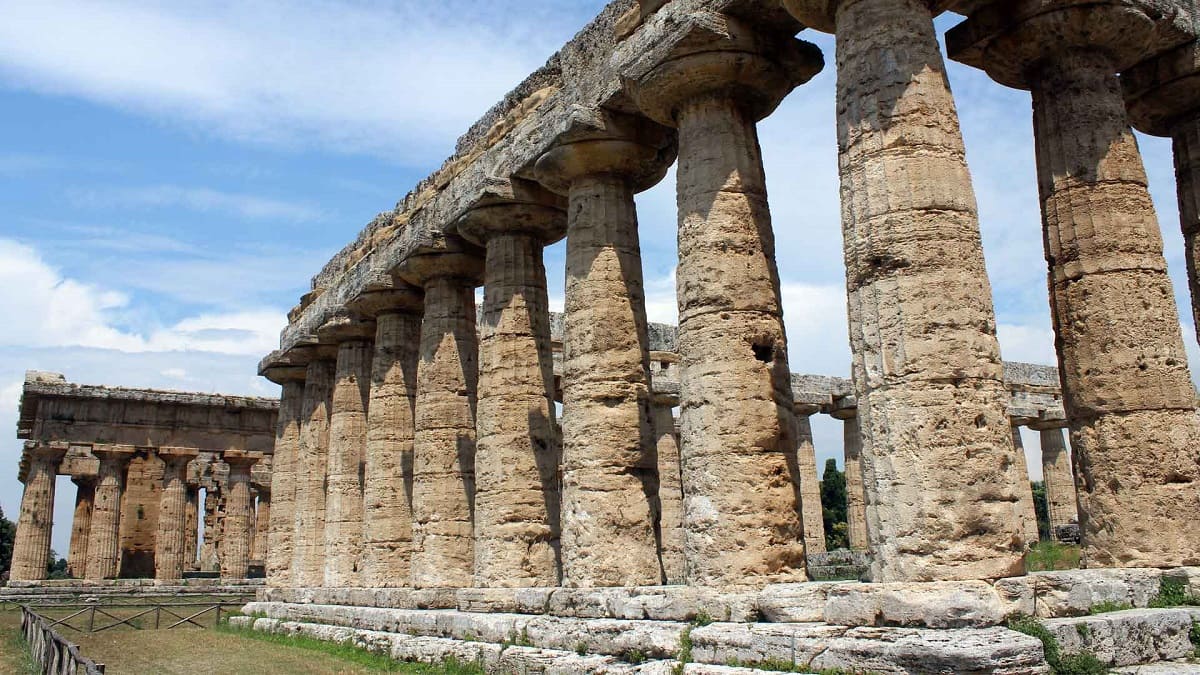
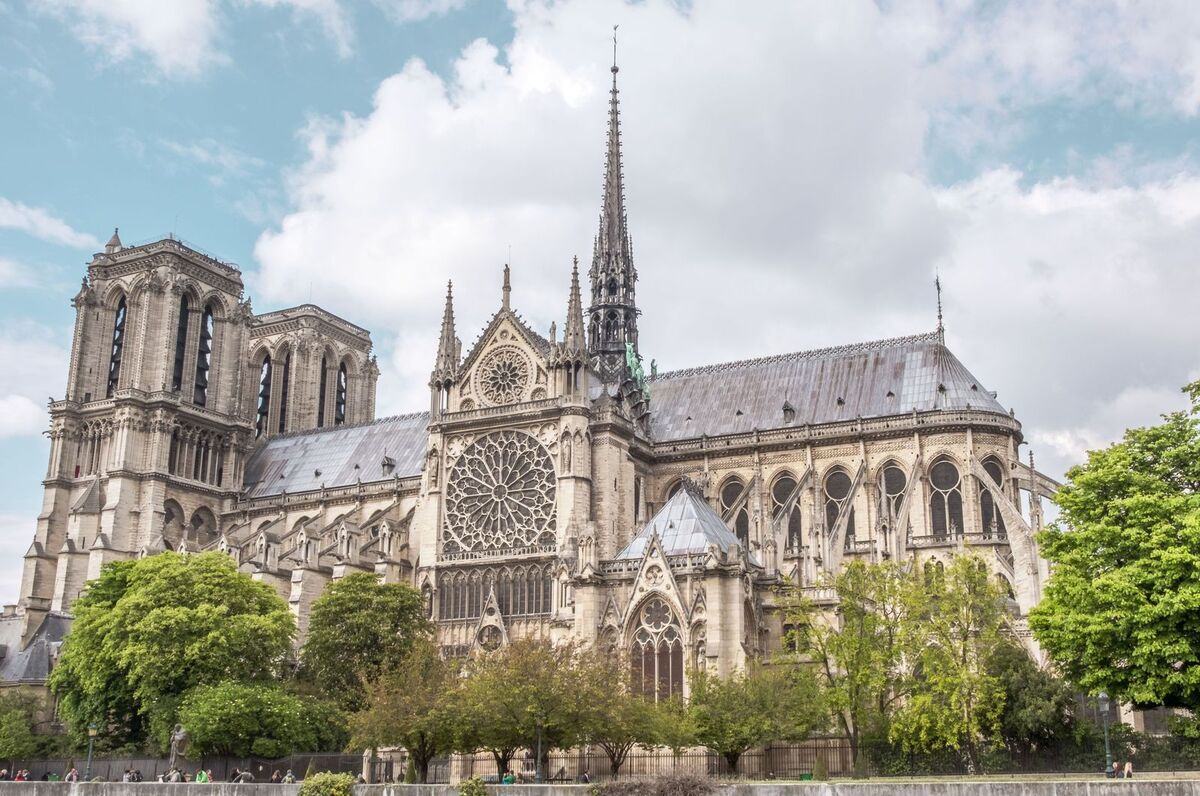
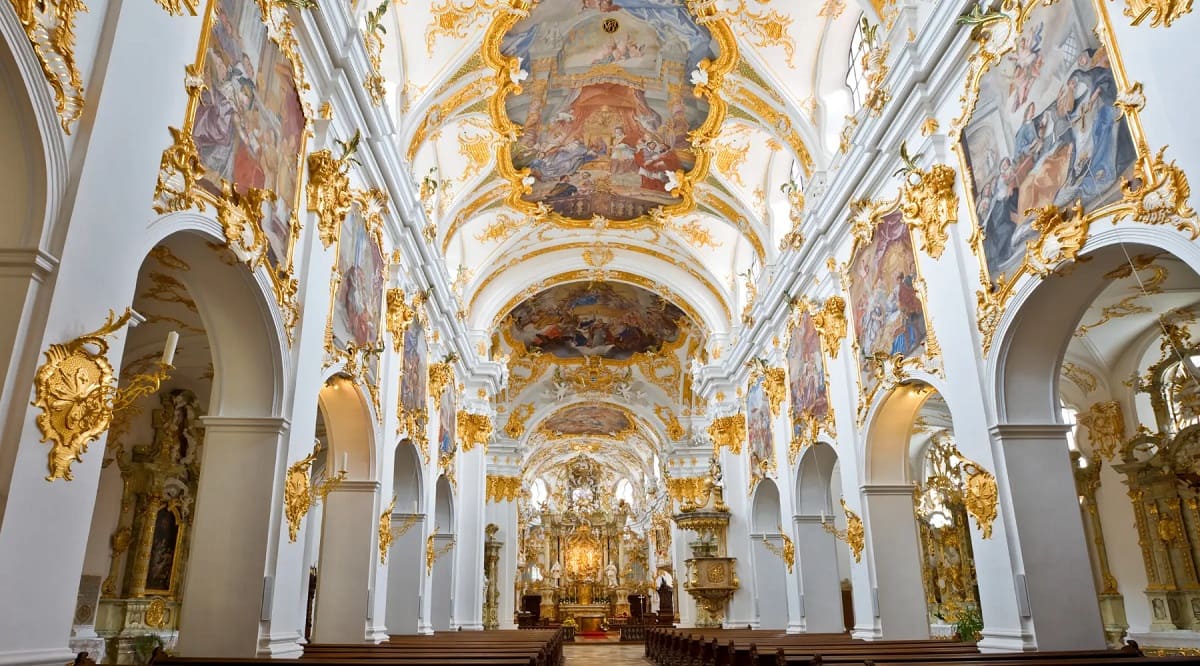
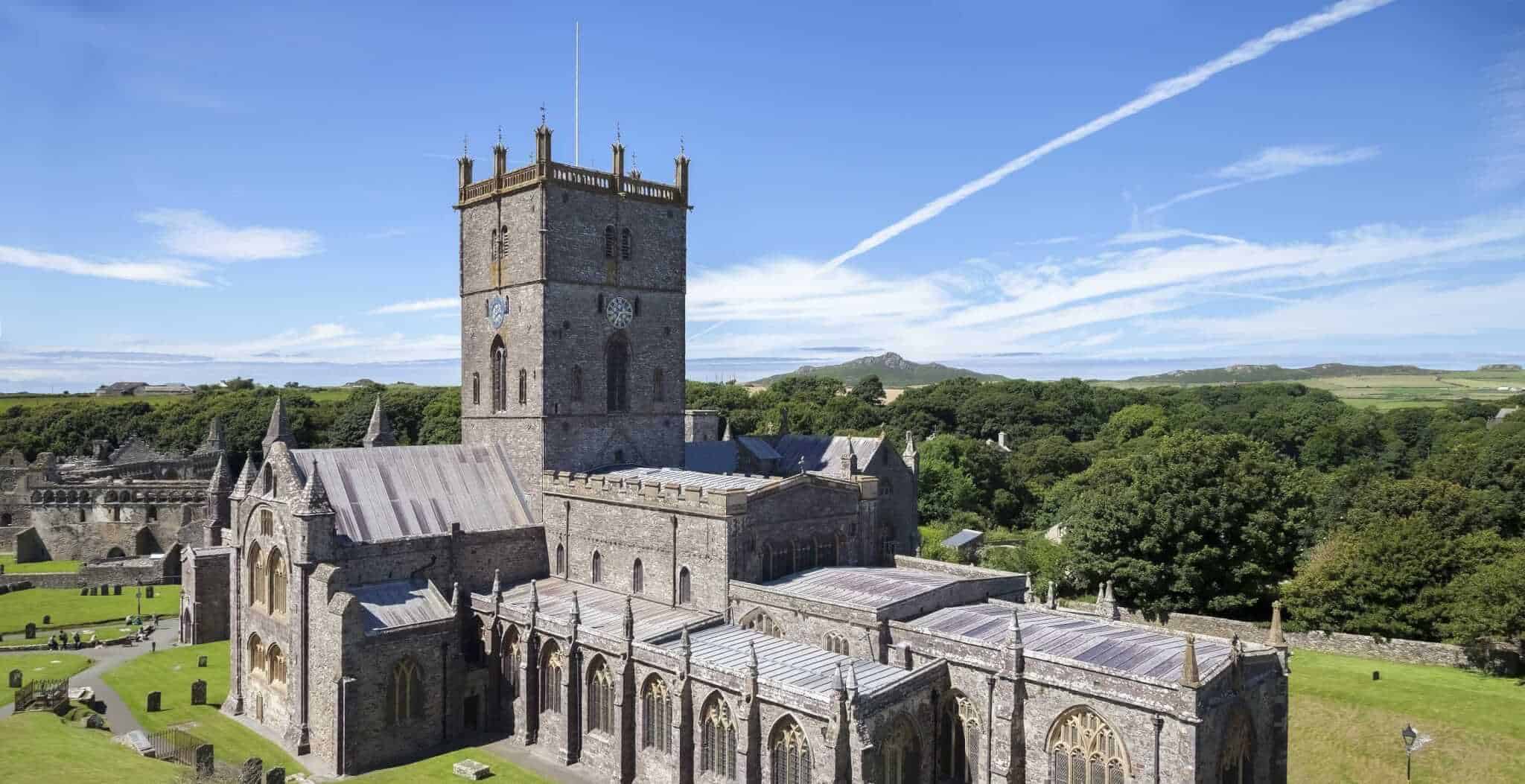
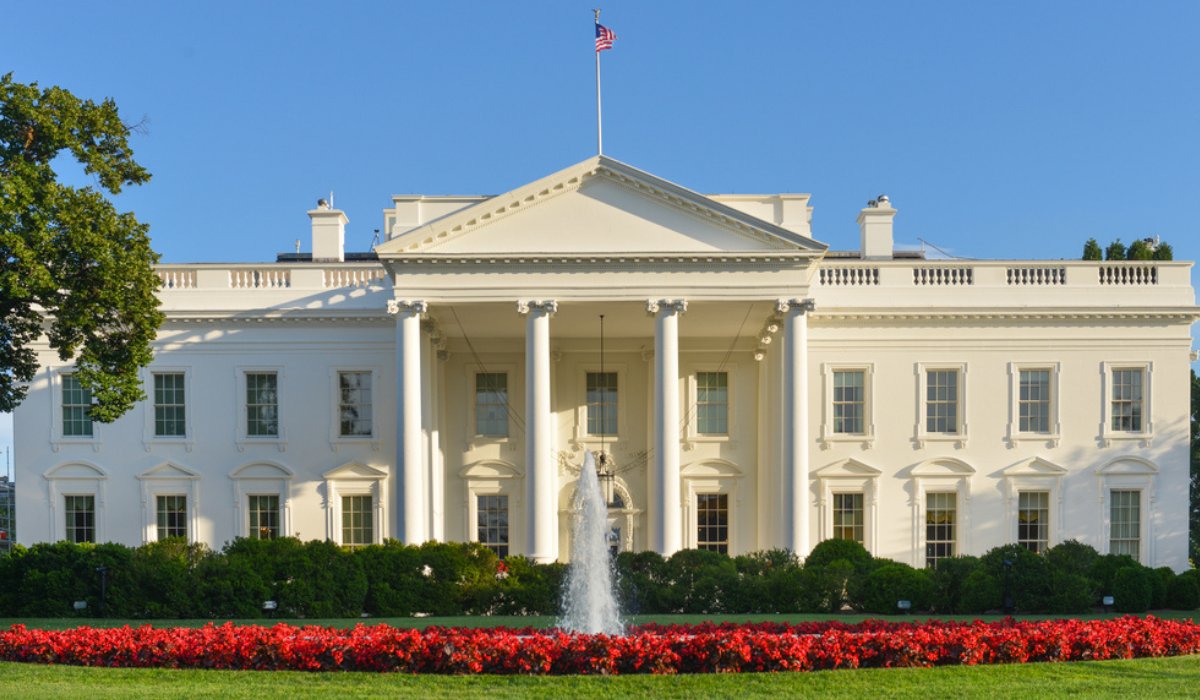

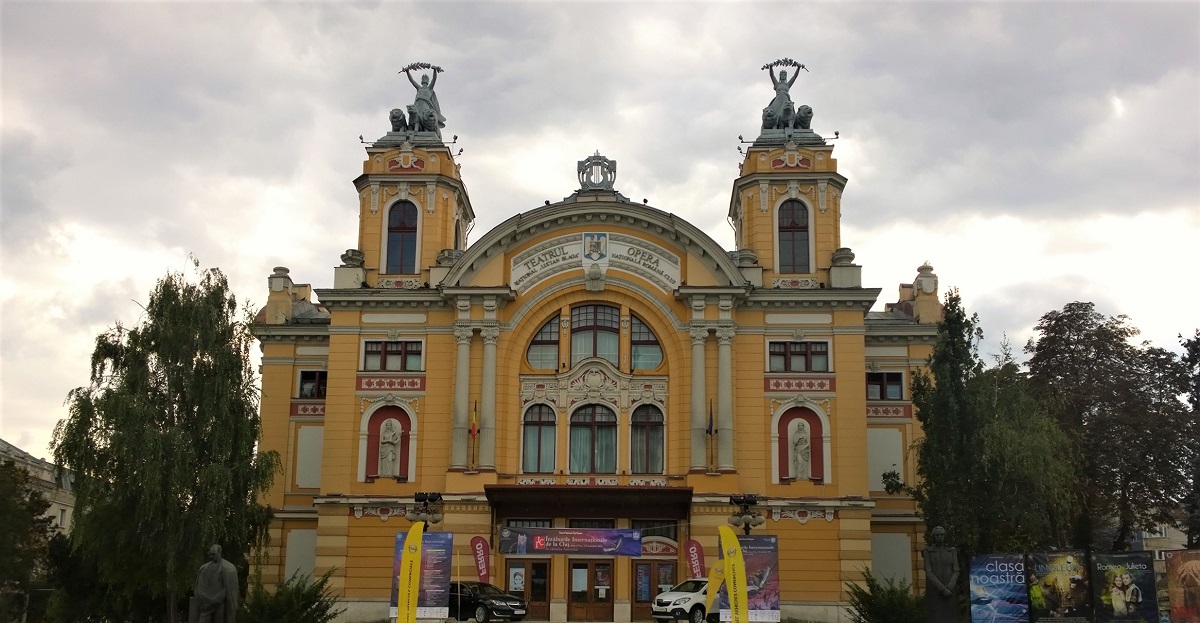
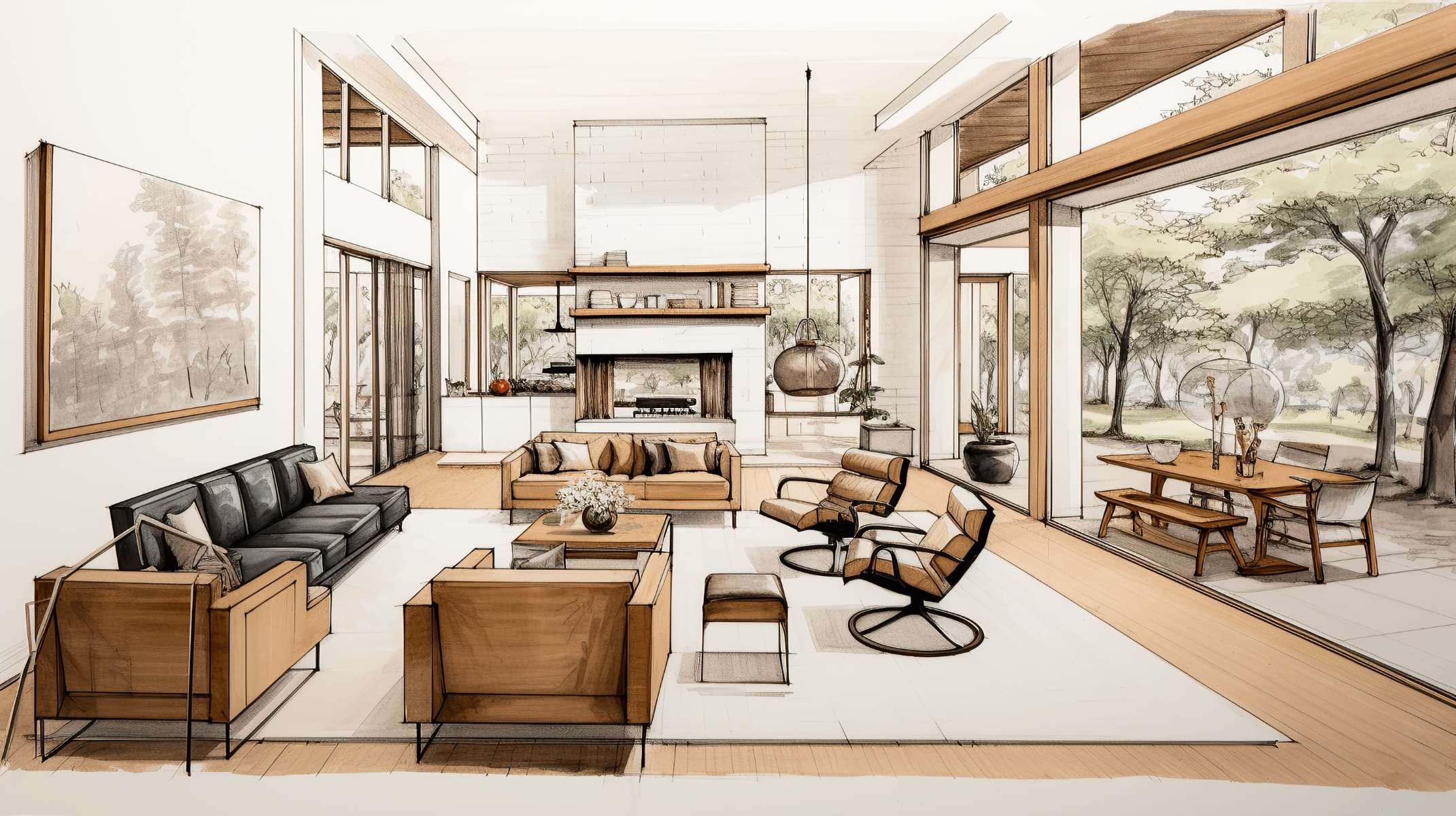

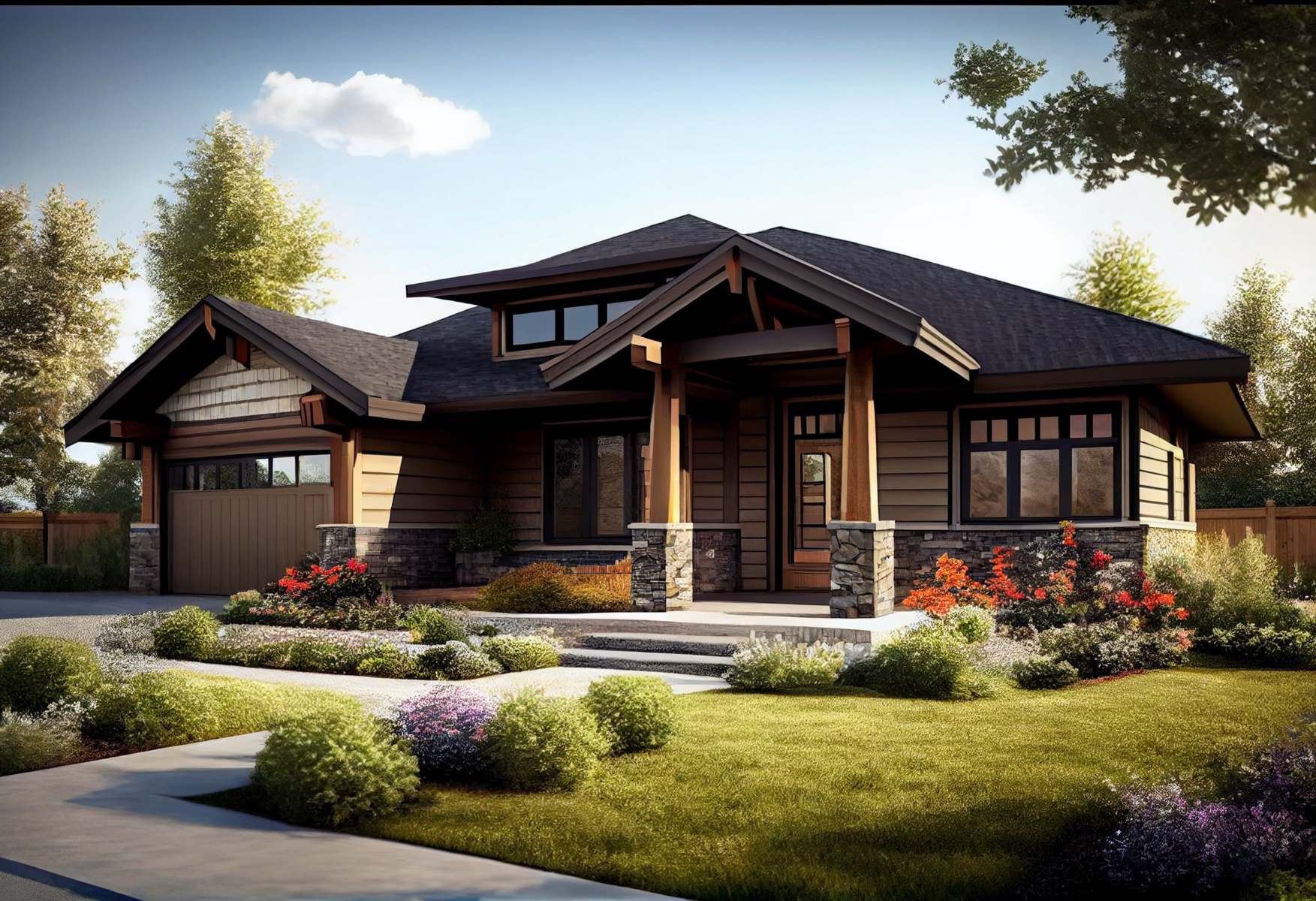
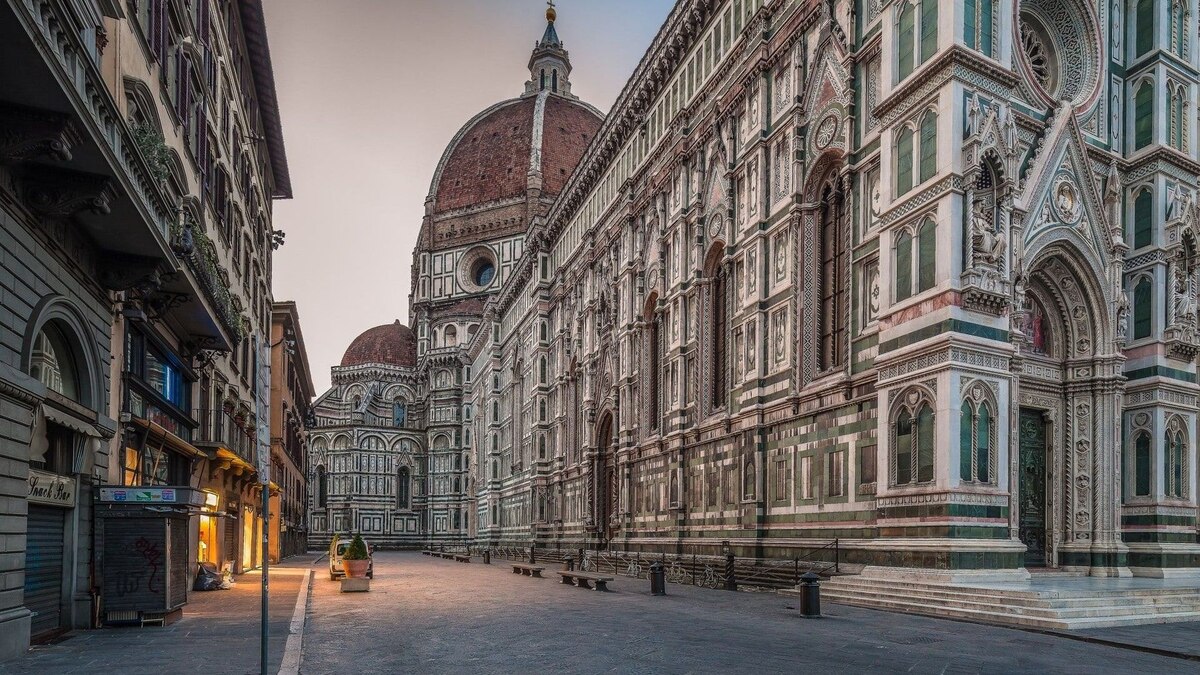
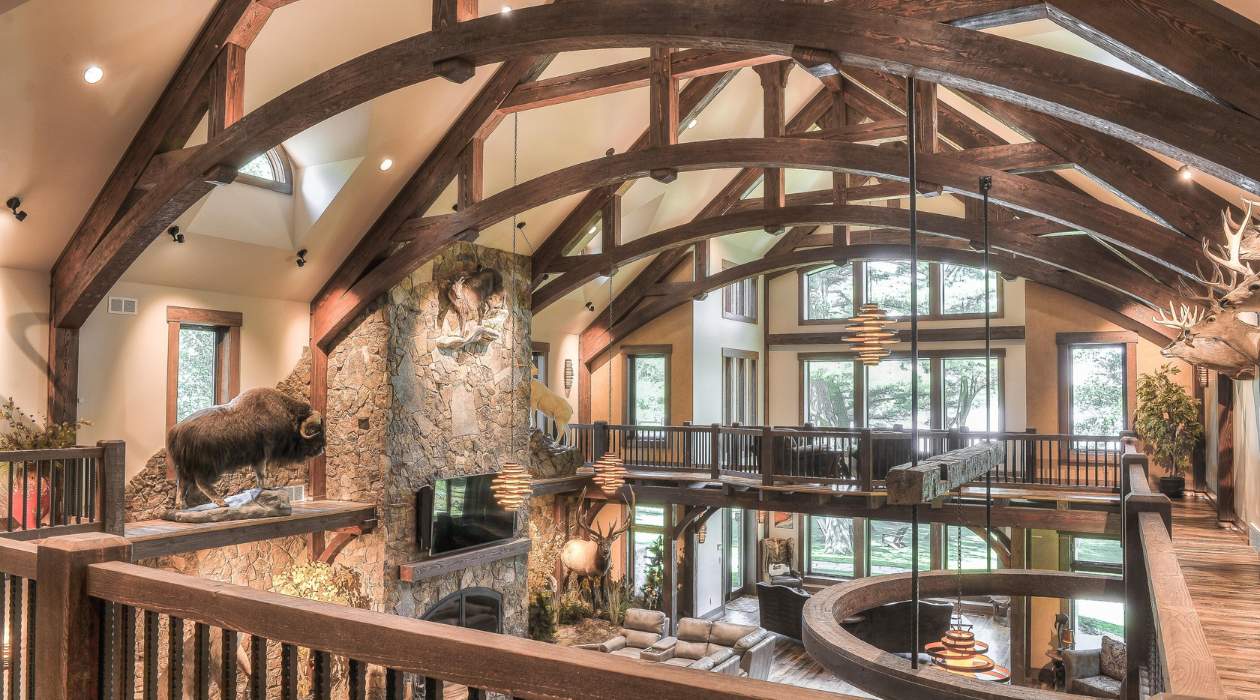
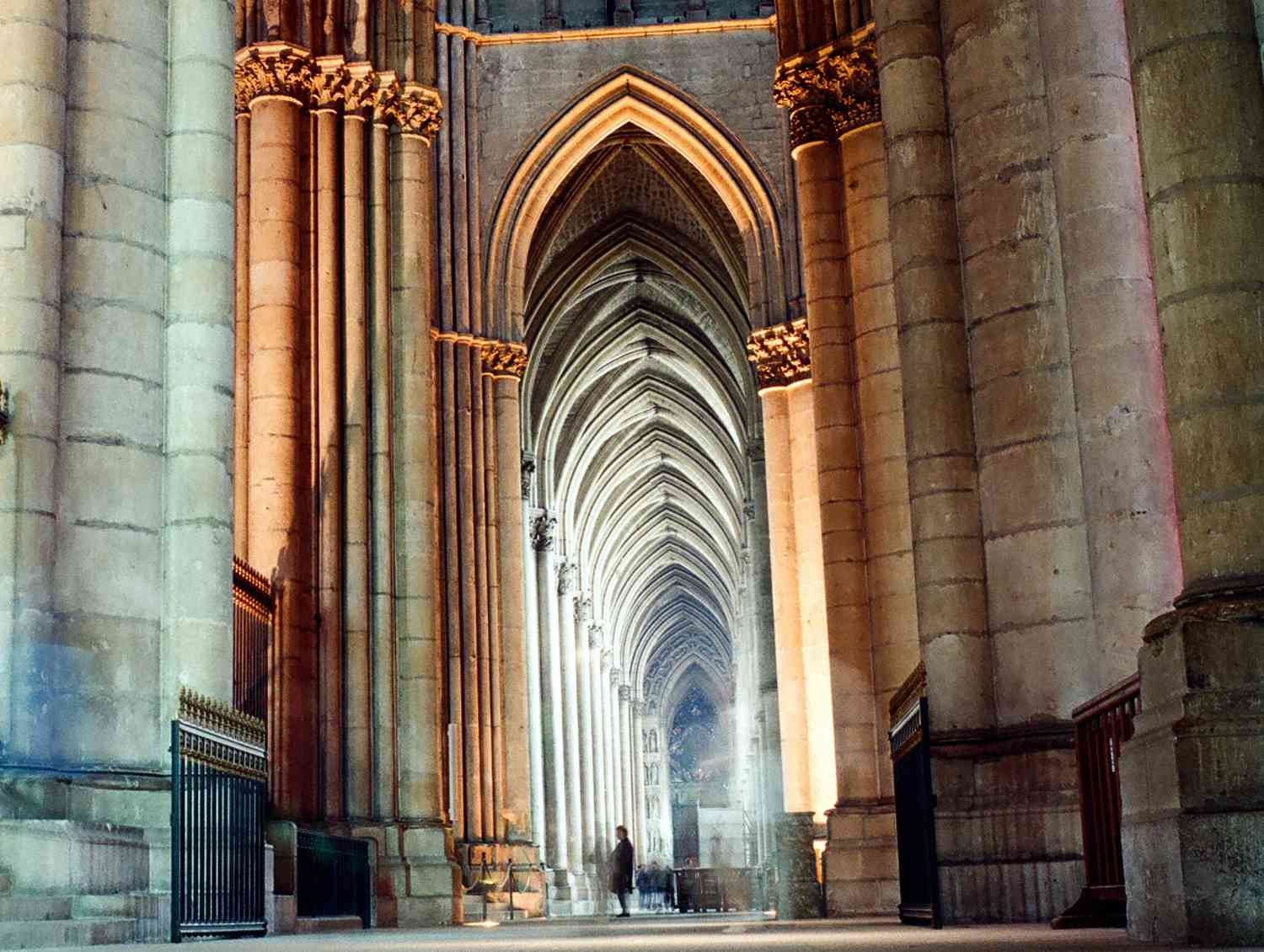


0 thoughts on “What Architectural Style Is The Pisa Cathedral In Italy?”